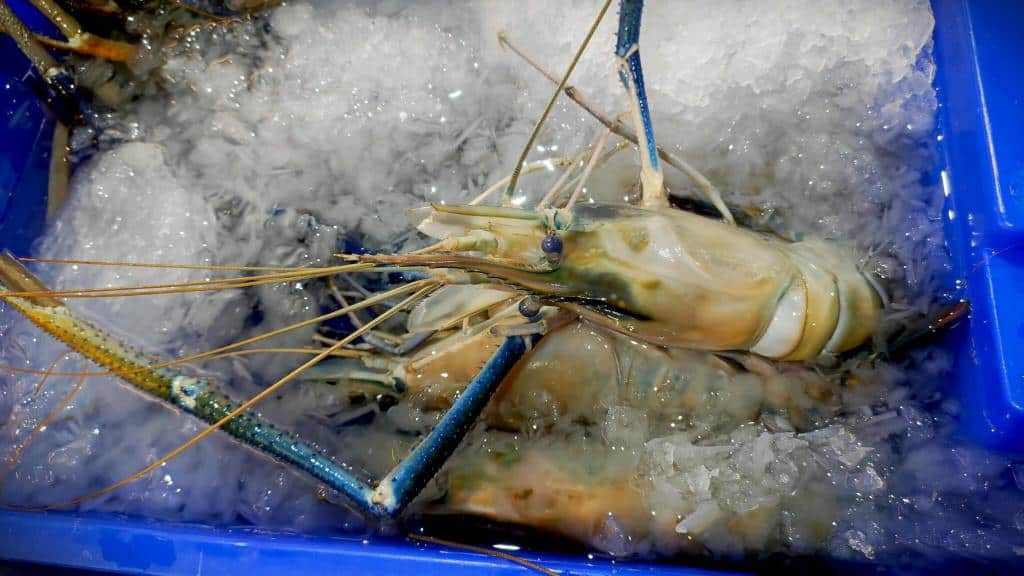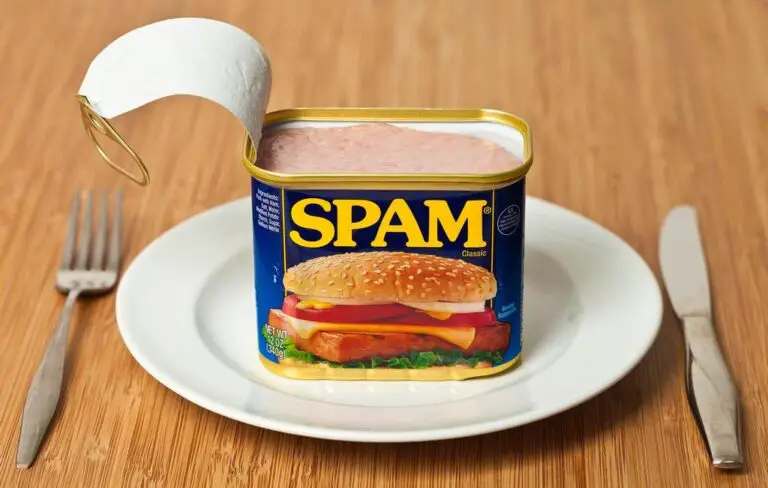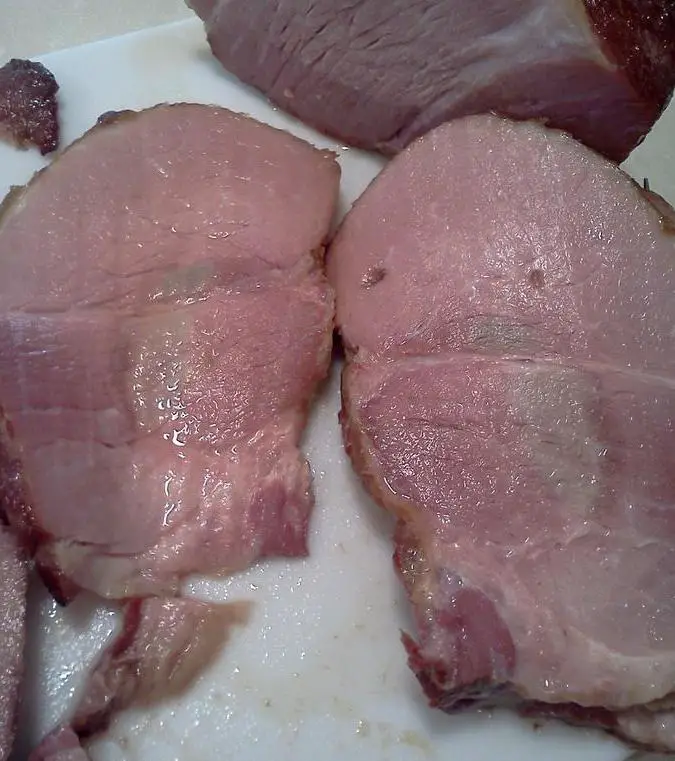Can You Eat Prawns 48 Hours After Defrosting?

Learning to prepare seafood well is the key to a seafood adventure. It involves many tastes and textures. When it comes to the ocean’s bounty, prawns stand out as tasty treats that can make you very happy if you cook them just right.
As with any culinary adventure, though, knowing how to handle these marine treasures after they have been defrosted can make all the difference. It’s the difference between a culinary success and a possible food safety disaster.
Picture this: You’ve thawed your plump prawns for 48 hours. You are eagerly preparing a dish for indulgence. But wait—have you followed proper thawing procedures to ensure both taste and safety meet at this pivotal junction? There are a lot of things that need to be done carefully in order to keep the texture and flavor while also avoiding bacteria.
Join us as we explore the areas where seafood bliss meets scientific accuracy. We will be learning about best practices and expert opinions on whether those prawns are really ready to be served after their cold sleep.
Can You Eat Prawns 48 Hours After Defrosting?
Yes, you can eat prawns 48 hours after defrosting. It is generally recommended to consume them within three days of defrosting for optimal freshness and safety. After 48 hours, the quality of the prawns may begin to decline, and there is a risk of bacterial growth.
However, if the prawns have been stored properly in the fridge and show no signs of spoilage, they may still be safe to eat. Always use your sense of smell and taste to determine if the prawns are still good.
If you’re unsure about the prawns’ freshness, look for signs like an off smell, slimy texture, or discoloration. When in doubt, it’s best to discard them to avoid foodborne illness. Remember, always follow safe food handling practices to minimize the risk of contamination.
Ensuring Safe Consumption of Defrosted Seafood

You must follow general food safety rules. This is very important when eating defrosted seafood, especially prawns. Proper storage and handling procedures play a crucial role in maintaining the quality and safety of the seafood you eat.
Once seafood, like prawns, has been defrosted, you must eat them soon. This cuts the risk of bacterial contamination.
One key part of ensuring food safety with defrosted seafood is keeping the right temperature. After thawing prawns or any other type of seafood, they should be promptly cooked and not left at room temperature for extended periods. The two-hour rule applies here; perishable foods should not be kept in the danger zone temperatures between 40°F (4°C) and 140°F (60°C) for more than two hours as bacteria can multiply rapidly under these conditions.
Follow these guidelines well. Then, you can enjoy your favorite prawn dishes without worry. They are both tasty and safe.
Factors to Consider Before Consuming Defrosted Prawns
When assessing the safety of eating defrosted prawns, it’s crucial to consider how they were stored. The 48-hour mark is often deemed safe if proper refrigeration is maintained. But temperature changes in the fridge can harm seafood.
Also, consider how the prawns were thawed. Gradually defrosting in the fridge is better than quick methods like microwaving or leaving them at room temperature. This careful handling plays a significant role in preserving not only safety but also flavor and texture.
Moreover, individual health considerations cannot be overlooked when deciding on eating defrosted prawns. You should talk to a healthcare provider if you have any medical conditions or allergies. Seafood might make them worse.
Knowing your body’s responses and limits can guide you in making informed choices. It can tell you if those yummy prawns are safe for your plate after their time in the freezer. This ensures a tasty meal without risking your health.
| Also see: Can You Cook Frozen Cookie Dough Without Thawing? |
What Are the Safe Ways to Defrost Prawns?
Some foods, like prawns, are frozen to make them last longer. But when you are ready to cook with them, you have to thaw them to get rid of all the ice and speed up the cooking process.
Several methods are available for defrosting prawns and other foods, however, not all of the methods applied are safe. Let us discuss below the safe ways of defrosting prawns.
1. Refrigerator defrosting
This method of defrosting is time involved, so planning is essential. For a large frozen item, at least a day or 24 hours is required to defrost it. It takes a full day to defrost even small amounts of frozen food.
When defrosting prawns in the refrigerator, they may be kept colder in some regions of the appliance than in others. Set the refrigerator to a maximum of 40°F. It will defrost overnight or less, depending on the weight.
2. Cold water defrosting
This procedure is quicker than thawing in the refrigerator, but it requires more monitoring. The prawns must be sealed in a leak-proof bag or package. If the bag leaks, bacteria from the surrounding environment could be transferred into the prawns. Additionally, the prawns can absorb water, resulting in a watery product.
To ensure proper defrosting, the bag is fully immersed in cold tap water and changed every 30 minutes. Small packages of seafood weighing less than a pound can thaw in less than an hour. However, it could take 2 to 3 hours to defrost a 3- to 4-pound bag of food.
3. Microwave defrosting
This method is the fastest for getting your food in a jiffy. You must cook promptly after thawing food in the microwave. This is because some parts of the food may become warm and start to cook during thawing.
You only need to prepare the food properly. Do this by placing it in a microwave-safe bowl. Then, defrost it in the microwave for a time that allows for full defrosting but not cooking. This can take 45 seconds to 5 minutes, depending on the weight of the food.
| Read: How to Defrost Frozen Dough Without Sacrificing Quality or Taste |
What Are the Other Methods of Defrosting Prawns?
Several other methods are available to defrost your prawns. They include defrosting foods in hot water, on the kitchen counter or at room temperature, outside, or on the porch.
However, these methods are unsafe and should be avoided, as they can make foods dangerous to eat as a result of these approaches.
Preserving the Freshness and Flavor of Defrosted Prawns
When it comes to prolonging the freshness and flavor of defrosted prawns, proper storage techniques play a crucial role. One effective tip is to eliminate excess moisture before storing. After thawing the prawns, gently pat them dry with paper towels to remove any surface water.
Excess moisture can accelerate bacterial growth and compromise the texture of the seafood. By ensuring your prawns are as dry as possible before storage, you not only enhance their flavor but also extend their shelf life.
Also, consider using airtight containers or resealable bags. Use them for storing defrosted prawns in the fridge. This helps prevent exposure to air and odors from other foods, preserving the delicate taste of the seafood.
For an extra kick of freshness, you can add a squeeze of lemon juice or a sprinkle of herbs like parsley or dill before sealing your container. These simple additions enhance flavor. They also keep your defrosted prawns fresh for longer.
| Read: Can you Reheat Cooked Prawns Twice? |






